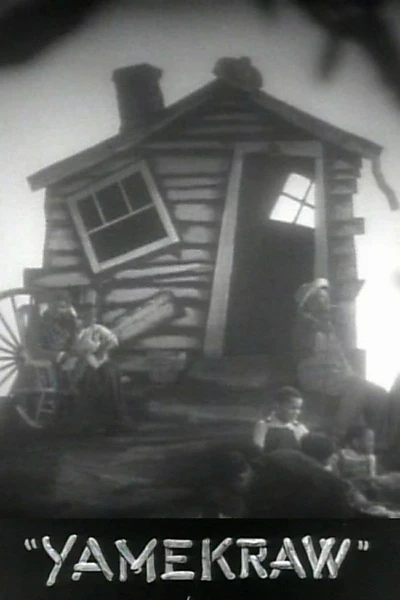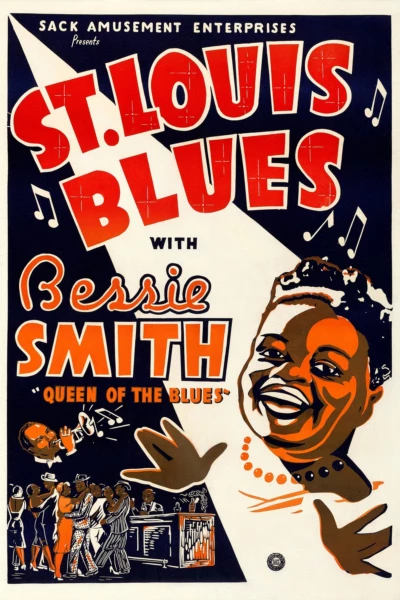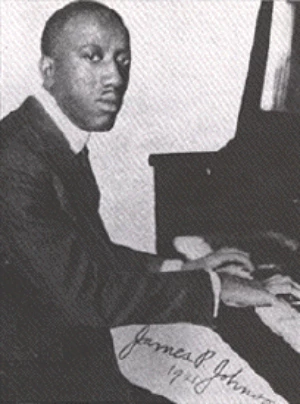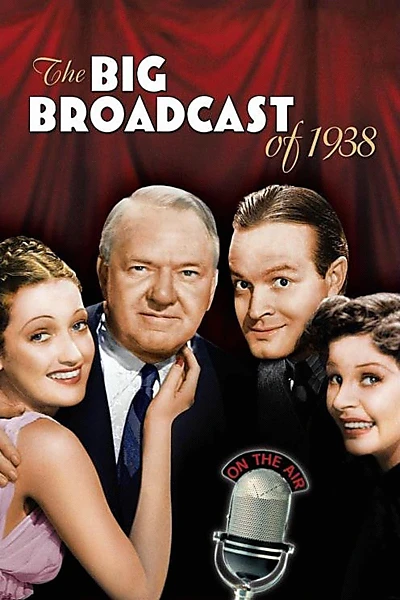Biography
(No Information)
Filmography
all 3
Movies 3
Composer

Yamekraw (1930)
Movie
Piano Player

St. Louis Blues (1929)
Movie
Information
Known ForActing
GenderMale
Birthday1894-02-01
Deathday1955-11-17 (61 years old)
Birth PlaceNew Brunswick, United States
CitizenshipsUnited States
This article uses material from Wikipedia.
Last updated:
 James P. Johnson
James P. Johnson- Filmography
- Information
